Increasing Incidence of Ocular Disorders
The rising incidence of ocular disorders, such as glaucoma, age-related macular degeneration, and diabetic retinopathy, is a significant driver for the Ocular Drug Delivery Market. According to recent estimates, the prevalence of these conditions is expected to increase due to an aging population and lifestyle factors. This trend necessitates the development of effective drug delivery systems that can provide targeted therapy and improve patient outcomes. As the demand for innovative treatment options grows, pharmaceutical companies are investing in research and development to create advanced ocular drug delivery solutions. This increasing focus on addressing ocular diseases is likely to propel the Ocular Drug Delivery Market forward, as more effective therapies become available.
Rising Investment in Ocular Drug Research
Investment in ocular drug research is on the rise, significantly impacting the Ocular Drug Delivery Market. Pharmaceutical companies and research institutions are allocating substantial resources to explore new therapeutic targets and delivery mechanisms. This influx of funding is fostering innovation and accelerating the development of advanced ocular drug delivery systems. For instance, collaborations between academia and industry are becoming more common, leading to breakthroughs in drug formulation and delivery technologies. As research continues to advance, the Ocular Drug Delivery Market is likely to benefit from a pipeline of novel therapies that address unmet medical needs, thereby enhancing treatment options for patients.
Growing Demand for Non-Invasive Delivery Methods
There is a growing demand for non-invasive ocular drug delivery methods within the Ocular Drug Delivery Market. Patients and healthcare providers are increasingly favoring delivery systems that minimize discomfort and reduce the risk of complications associated with invasive procedures. Innovations such as eye drops with enhanced penetration capabilities and implantable devices that release medication over time are gaining traction. This shift towards non-invasive methods is likely to improve patient adherence to treatment regimens, ultimately leading to better health outcomes. As the market adapts to these preferences, the Ocular Drug Delivery Market is expected to expand, driven by the development of user-friendly and effective delivery systems.
Technological Innovations in Ocular Drug Delivery
The Ocular Drug Delivery Market is experiencing a surge in technological innovations that enhance the efficacy and safety of drug delivery systems. Advanced formulations, such as nanoparticles and liposomes, are being developed to improve bioavailability and reduce systemic side effects. For instance, the introduction of sustained-release formulations has shown promise in treating chronic ocular conditions, potentially increasing patient compliance. Furthermore, the integration of smart delivery systems, which utilize microelectromechanical systems (MEMS), is likely to revolutionize the way ocular medications are administered. These innovations not only improve therapeutic outcomes but also contribute to the overall growth of the Ocular Drug Delivery Market, as they address the limitations of traditional delivery methods.
Regulatory Support for Ocular Drug Delivery Innovations
Regulatory bodies are increasingly recognizing the importance of innovative drug delivery systems in the Ocular Drug Delivery Market. Initiatives aimed at expediting the approval process for novel therapies are being implemented, which encourages pharmaceutical companies to invest in research and development. For example, the introduction of the 505(b)(2) application process in the United States allows for a more streamlined pathway for new ocular drug delivery products. This regulatory support not only fosters innovation but also enhances market entry for new players, thereby increasing competition and driving growth within the Ocular Drug Delivery Market. As a result, the landscape for ocular therapies is evolving, with a focus on improving patient care.


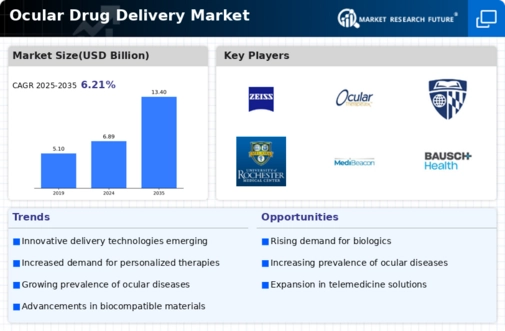
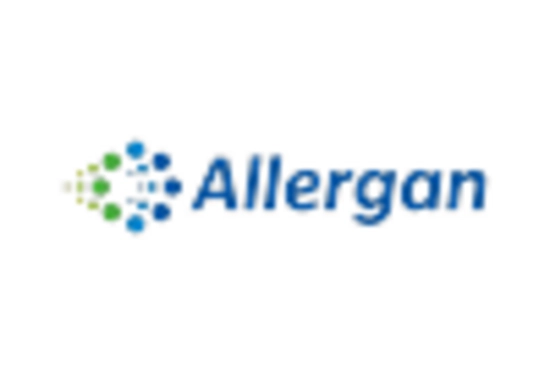
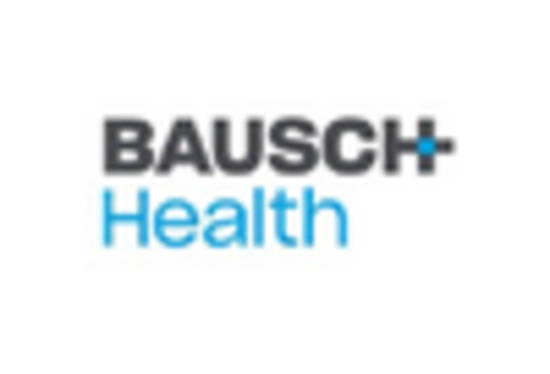

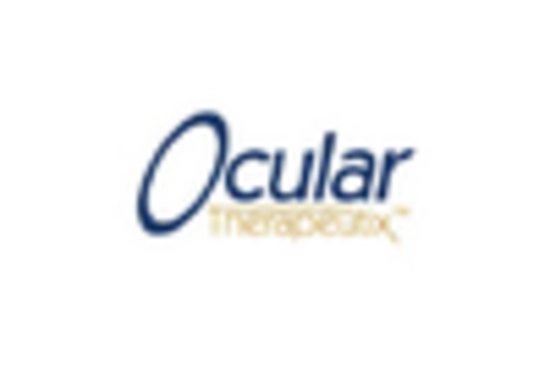
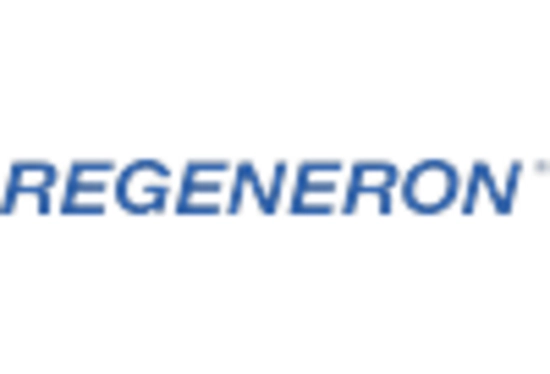









Leave a Comment